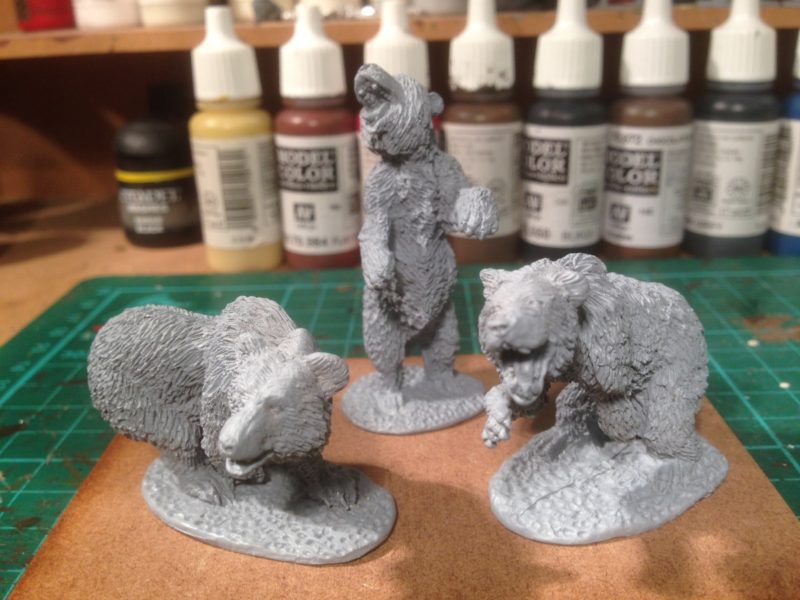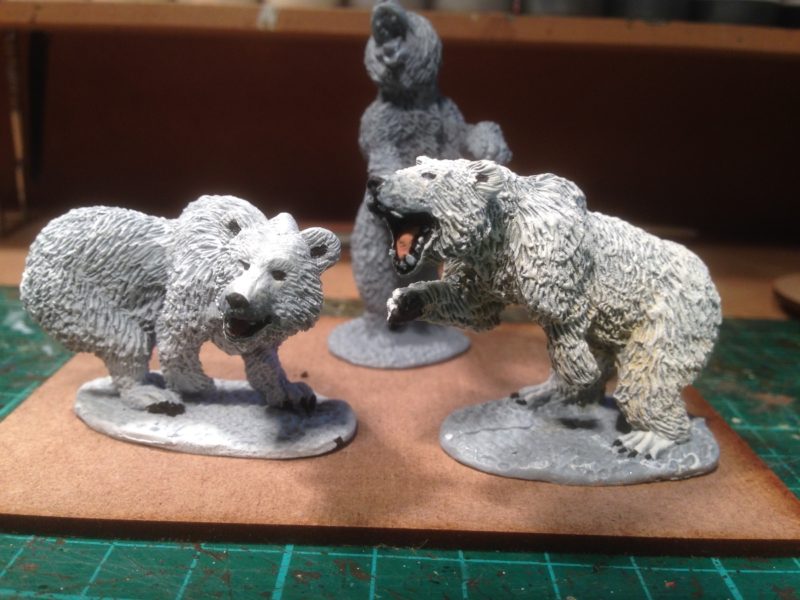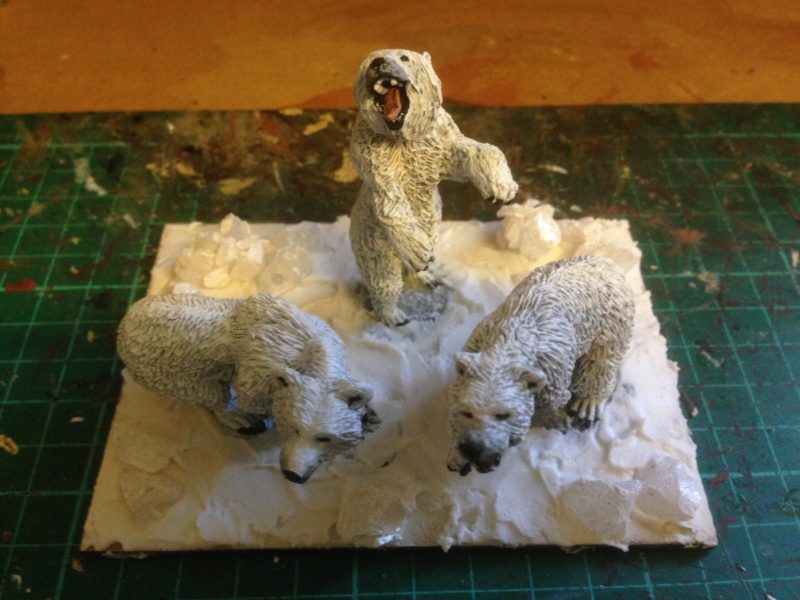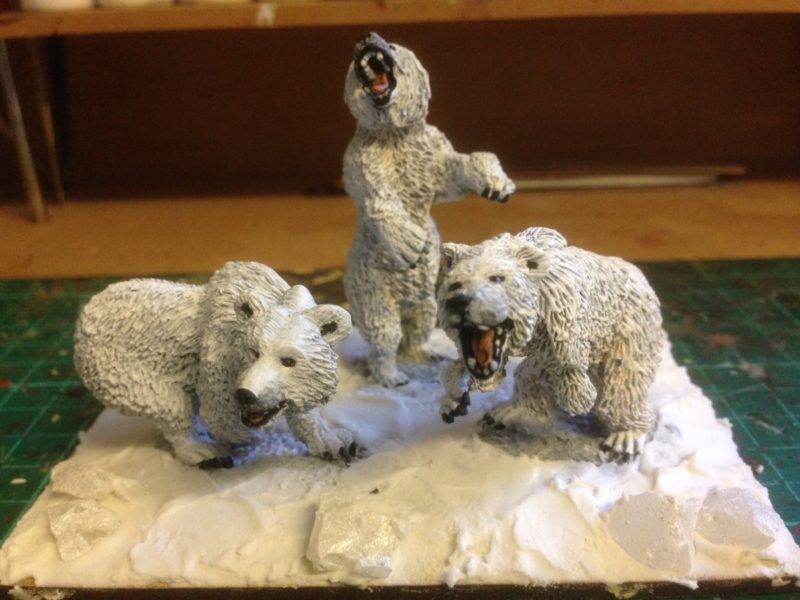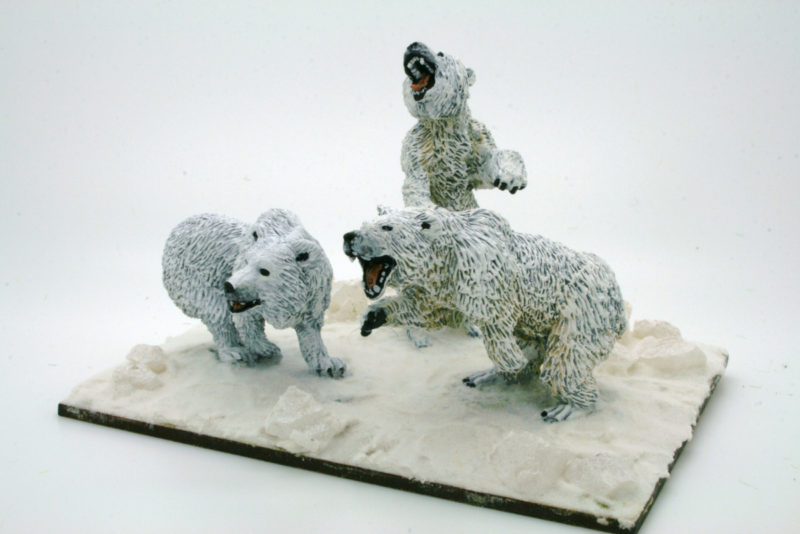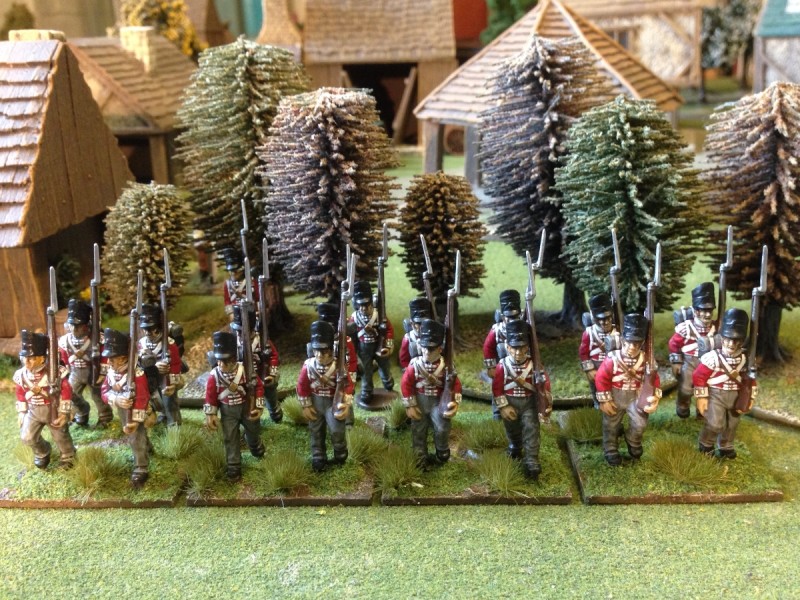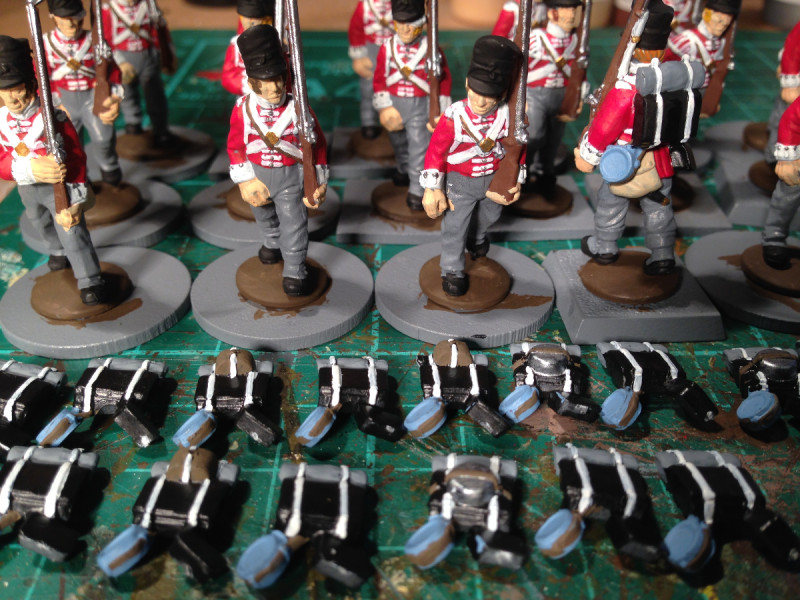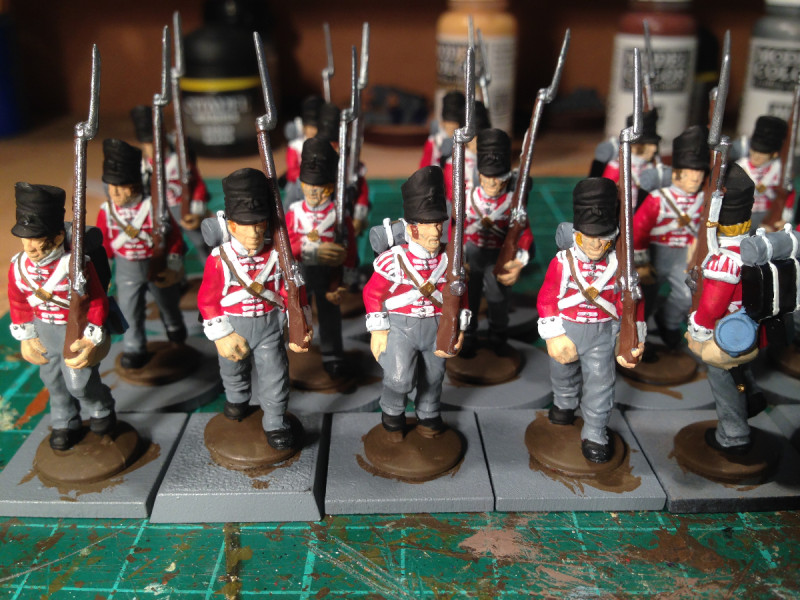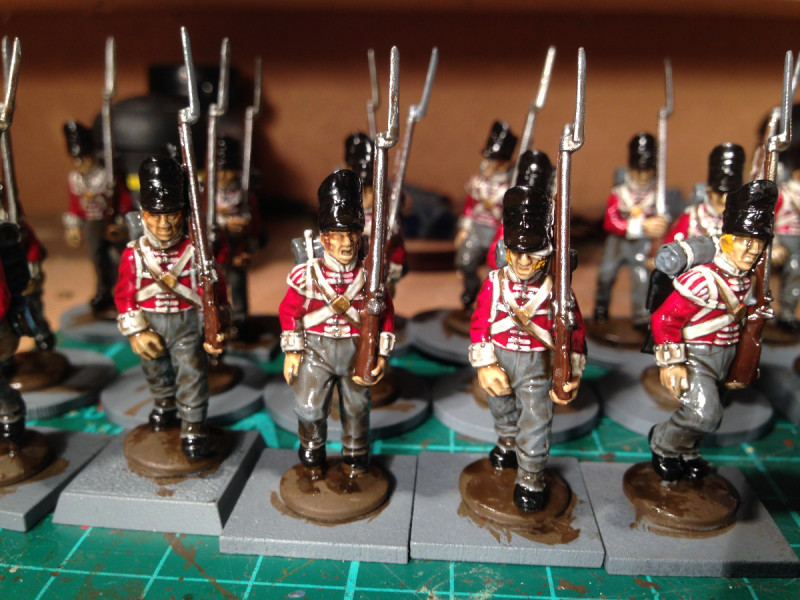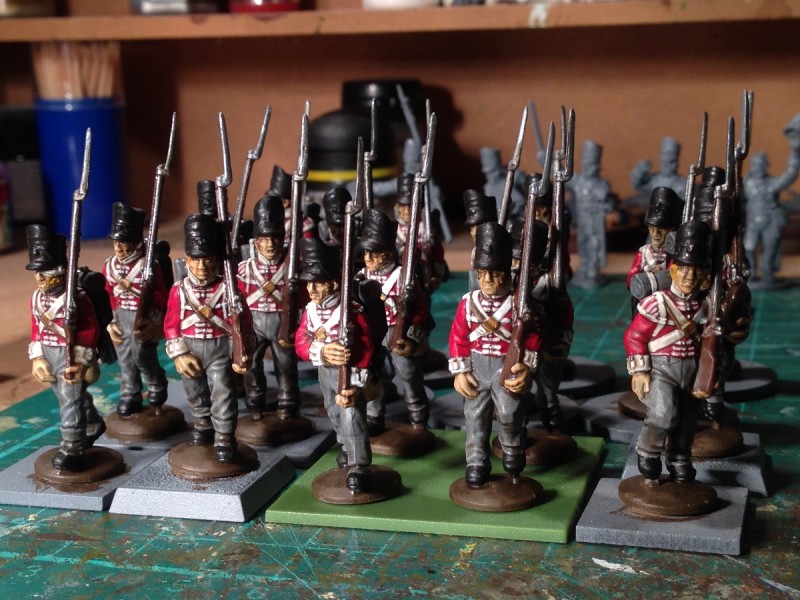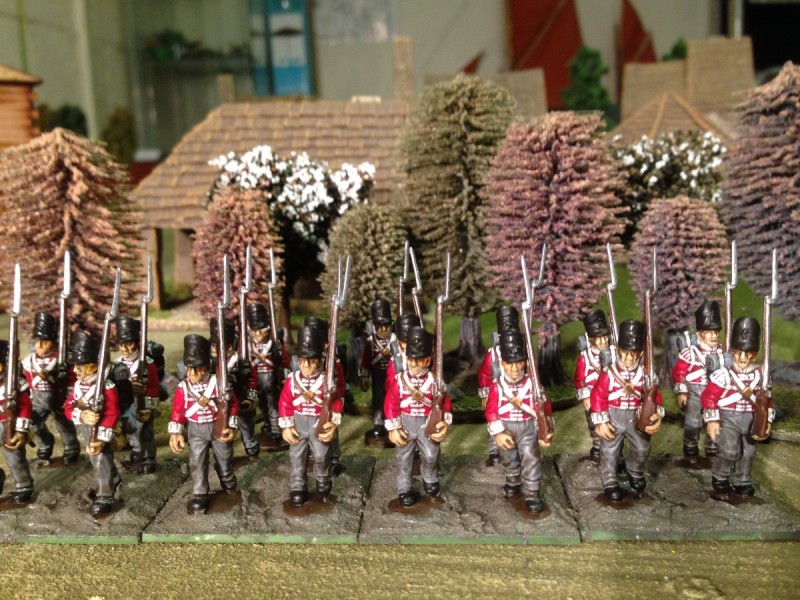Good grief! What happened to November? I was supposed to have finished my Portuguese brigade by now. As usual, life has got in the way, and as we approach the ‘Season to be Jolly’ there is less opportunity to sneak off to the garage and get some painting done. I guess the clue to my progress has been in my blog – no pictures of Portuguese in the last few posts. Mind you, I have had some good wargames with my friends and as I will show you, I have nearly finished the complete regiment of the 23rd Portuguese line infantry.
In the meantime, chaos theory has proved it’s existence in my games room (garage) and the amount of stuff lying around is preventing me from actually using my gaming table. Quite how it all got there is a mystery. It was time for a tidy up again. I find that too much clutter is just a distraction. The first task was to get rid of all the sprues with spare bits from the Portuguese Infantry that I haven’t used. I just cannot bring myself to throw away anything that might be of use in a future, as yet, unimagined project, so like most modellers I have a fairly comprehensive ‘bits box’ or rather a collection of bits boxes. They actually date back to the start of my hobby in the 70’s. I kid you not! Here is a picture of one box:

My early bits box – spot the Almark Japanese Infantry figure..
The sharp eye’d amongst you will see crew members from the Airfix Dennis Fire Engine, Old Bill bus, the bits from an Airfix Highlander and some racing car crew, some of whom found life as converted snow speeder crew for a star wars diorama that I built. Part of the fun when building from scratch or converting was to rake through the bits box in search of a piece that you knew would be just right if only you could find it. I decided that some sort of organisation was required. So my sophisticated solution was to put all the little bits into a plastic bag…
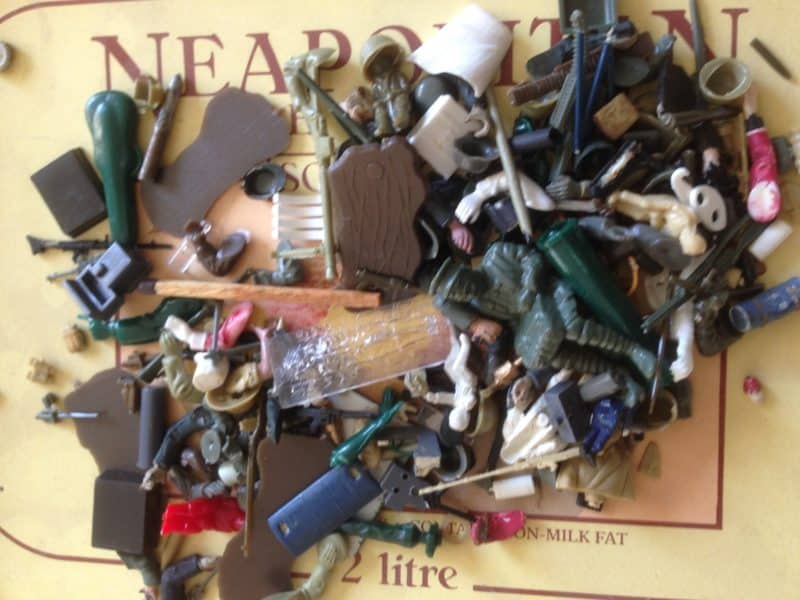
My first attempt at organisation – seperate out the small bits!
Even now, it’s fun to look through the heap. Oh look! There’s a frozen Han Solo from the Boba Fett ship that I built. Clearly, there must be a better way. As I re started historical war gaming, I needed a new system for spares. So I treated myself to a set of mini drawers – I now had the height of sophistication in bits boxes. A separate drawer for Dark ages, a drawer for Napoleonic Heads, a drawer for right arms – you get the picture.
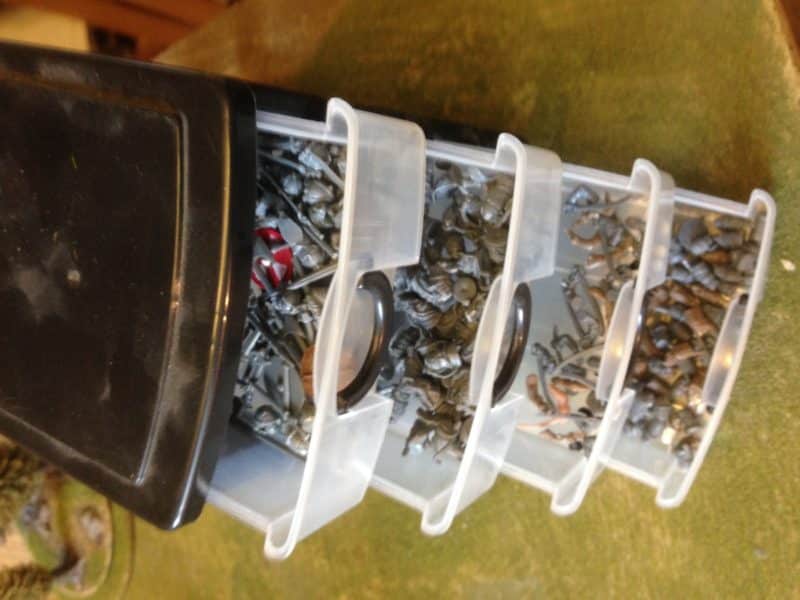
The New Bits system!
However, there is still a slight problem. Never mind the space that the drawers started to take up, I have to remember what’s in each drawer and finding the right arm (literally!) is still a faff! And so, I now introduce my latest innovation in the world of bits boxes!
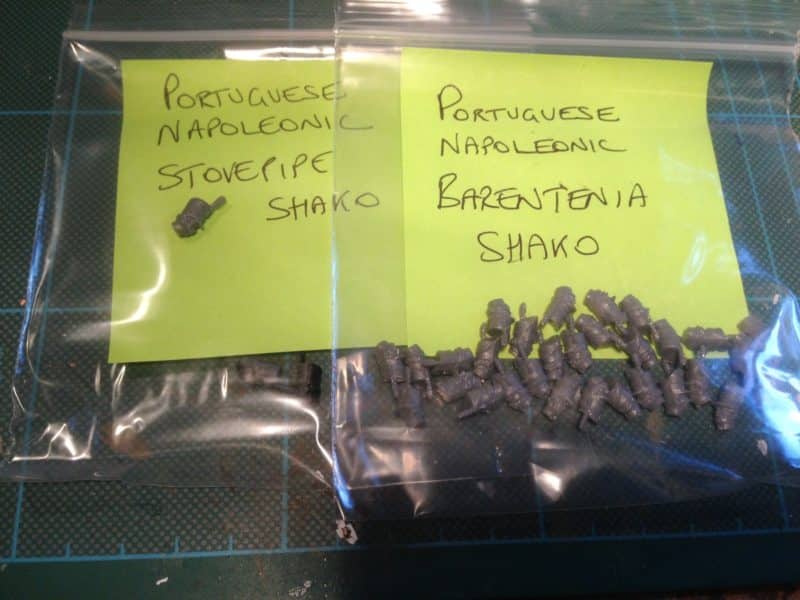
Zip lock bags and post it note technology!
Oh yes, zip lock bags and post it notes are some of my favourite stationery essentials, so why not combine the two and use them to catalogue the spare bits as I cut them from the sprue. As you can see, the hand writing is a bit dodgy, as is the spelling – I meant ‘Barretina’ – but once they are placed in a card index box, I will always be able to locate the bit that I want…..
And so back to the Portuguese. The regiment is taking shape and here is just a quick preview:
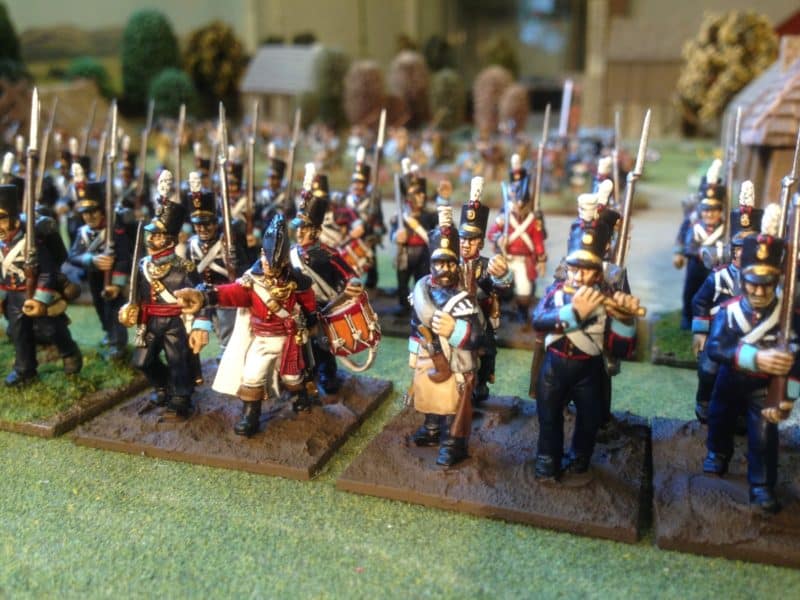
23rd Ameida Regiment take shape.
As you can see, I have included a couple of British Officers as part of the command, which I think adds a bit of ‘flavour’ to the regiment and is a fair reflection of the composition of the Portuguese Army in the late Peninsular period. Once the basing is complete, I’ll post some better pictures of the whole regiment. In the meantime I’m off to write some Christmas cards. Bah! Humbug!



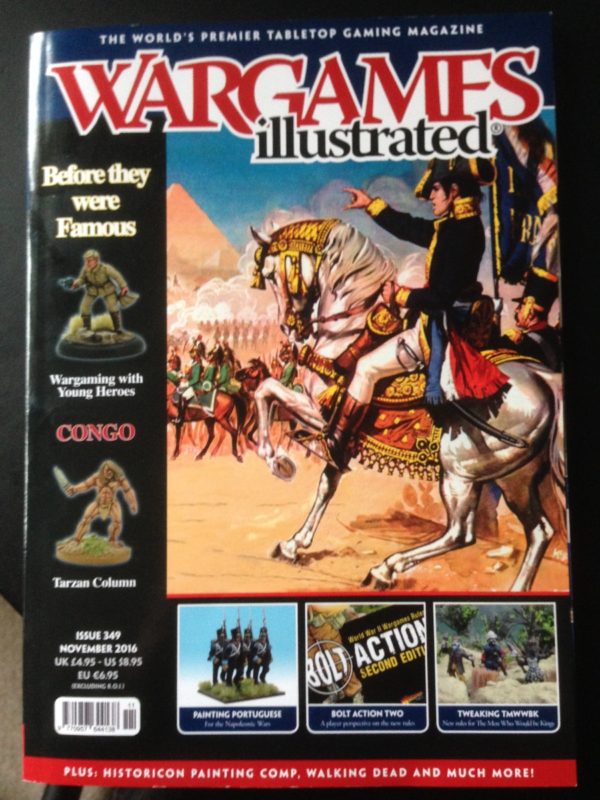
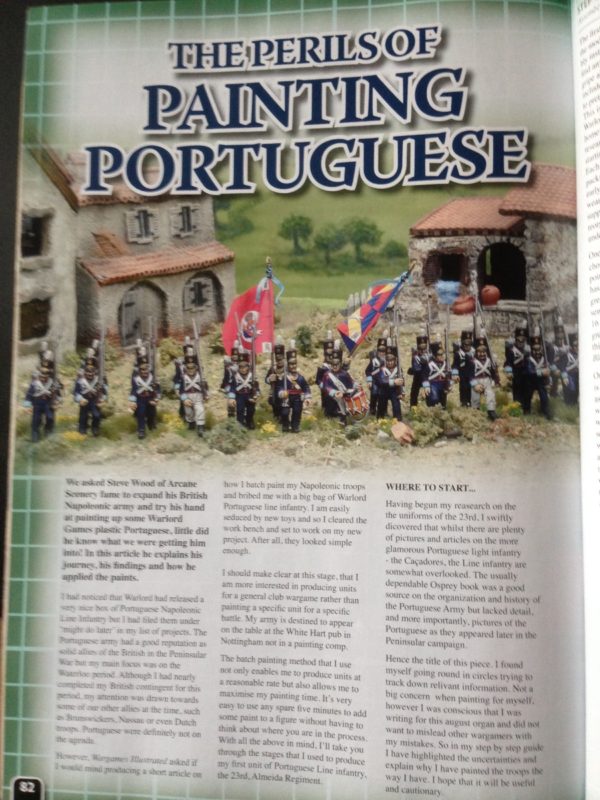
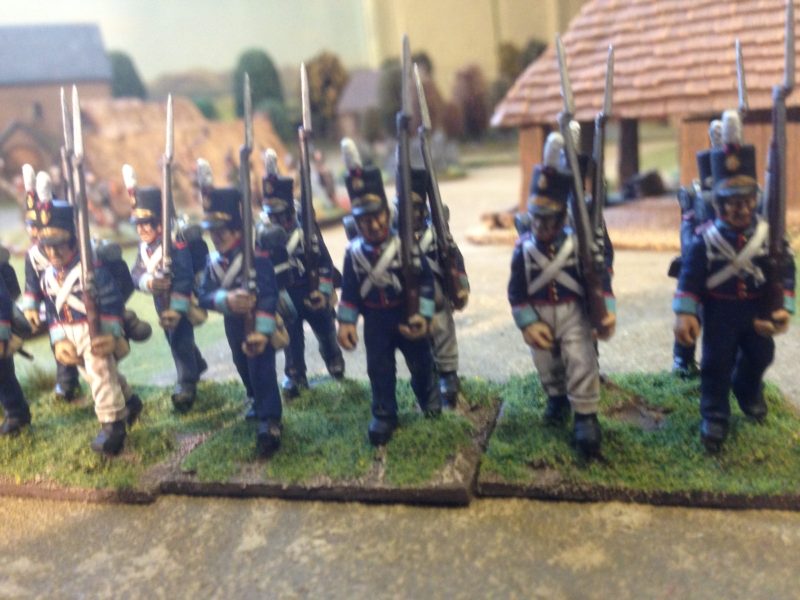
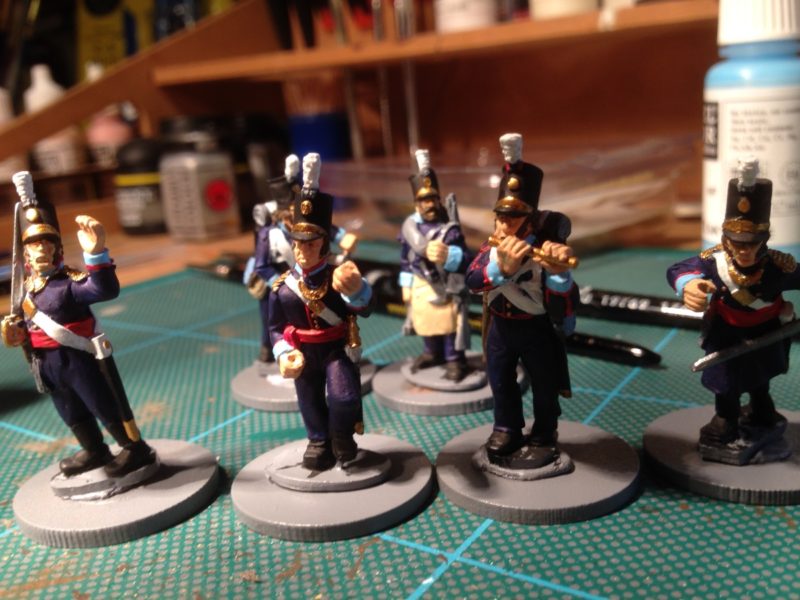

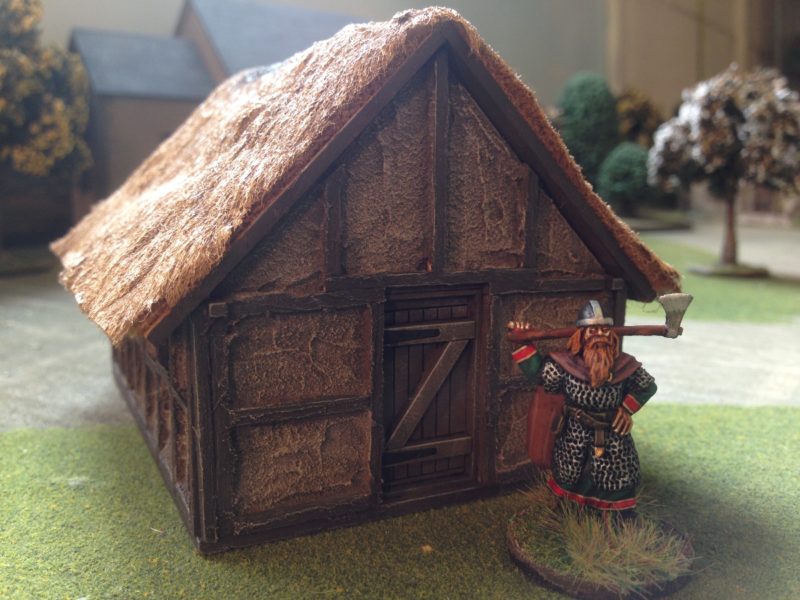
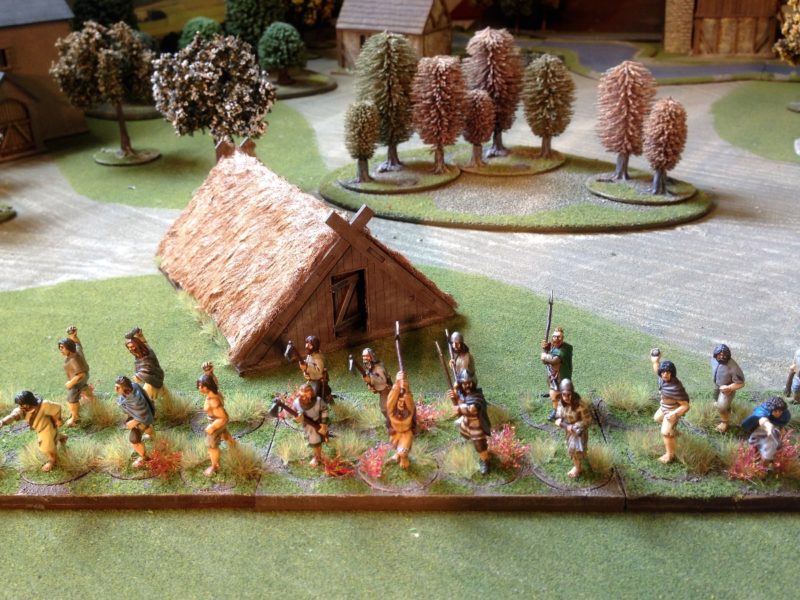
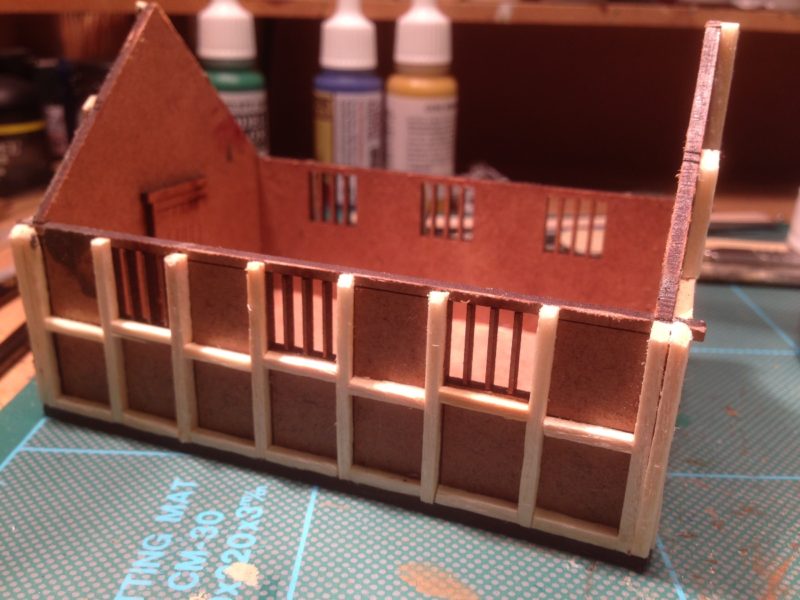
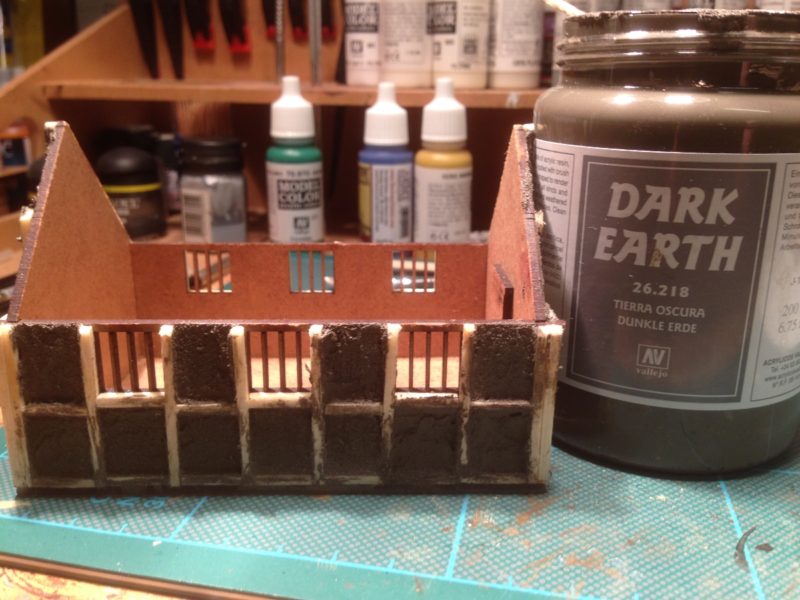
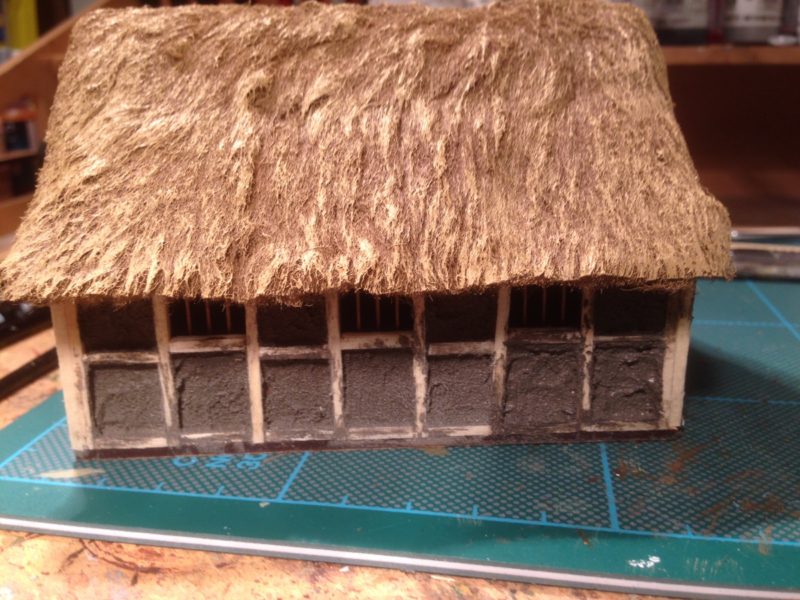
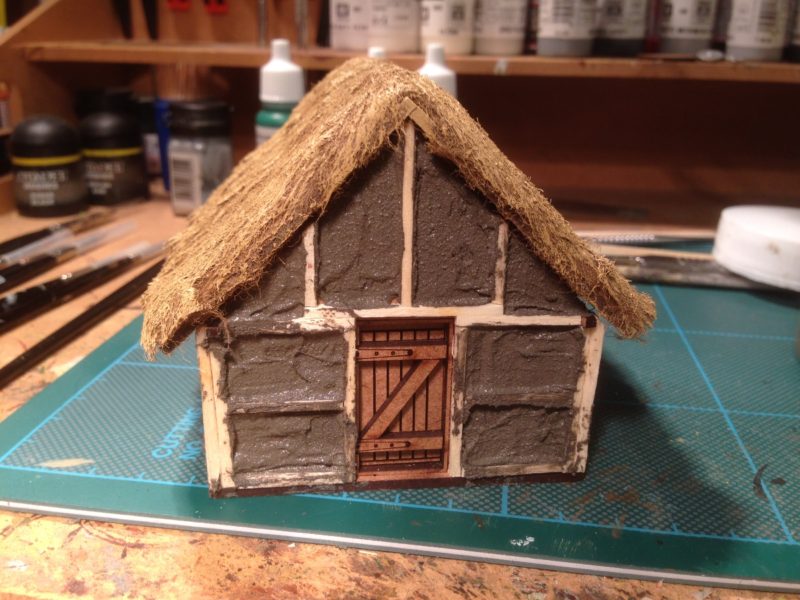

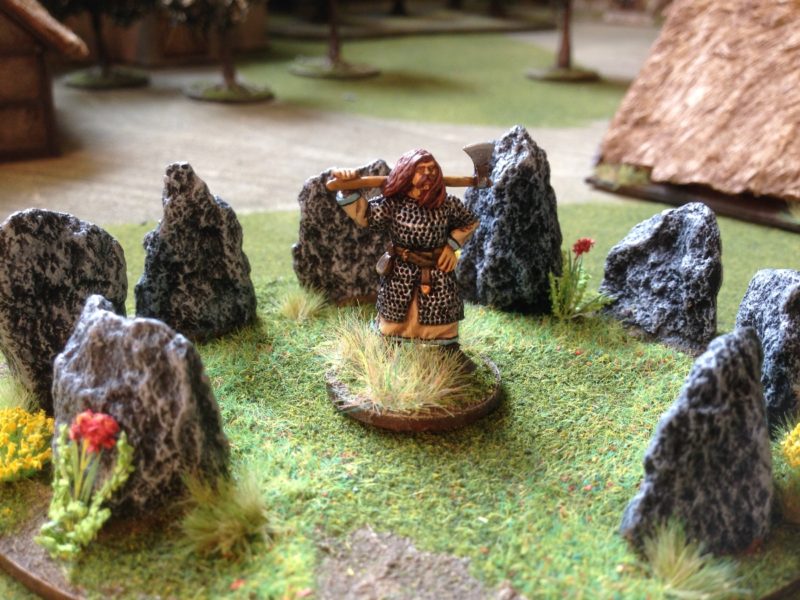
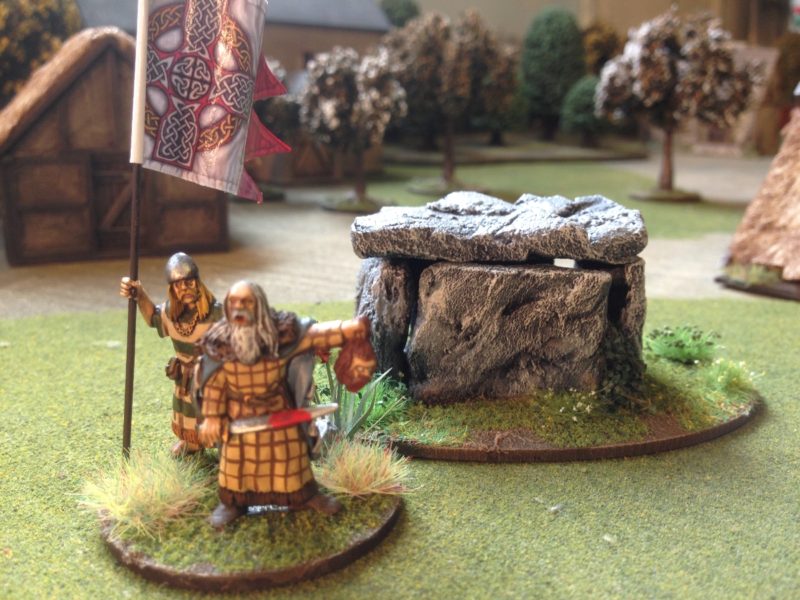

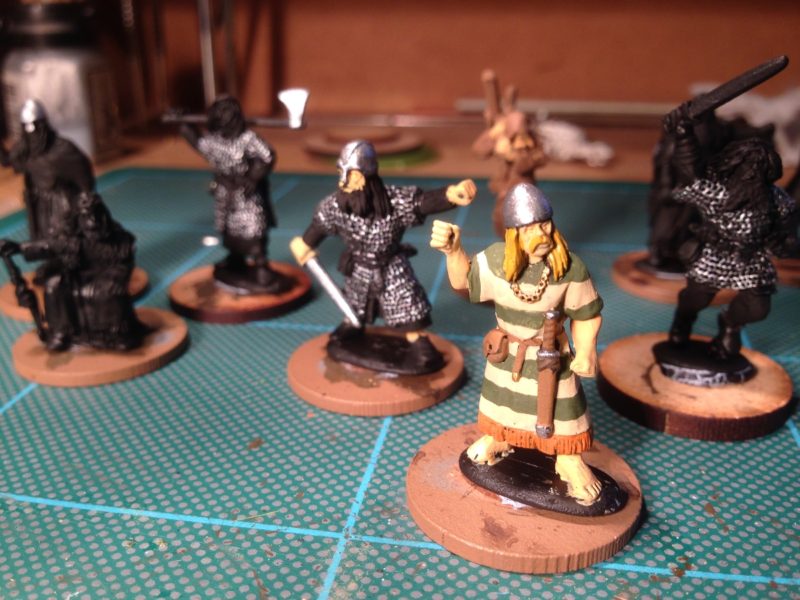

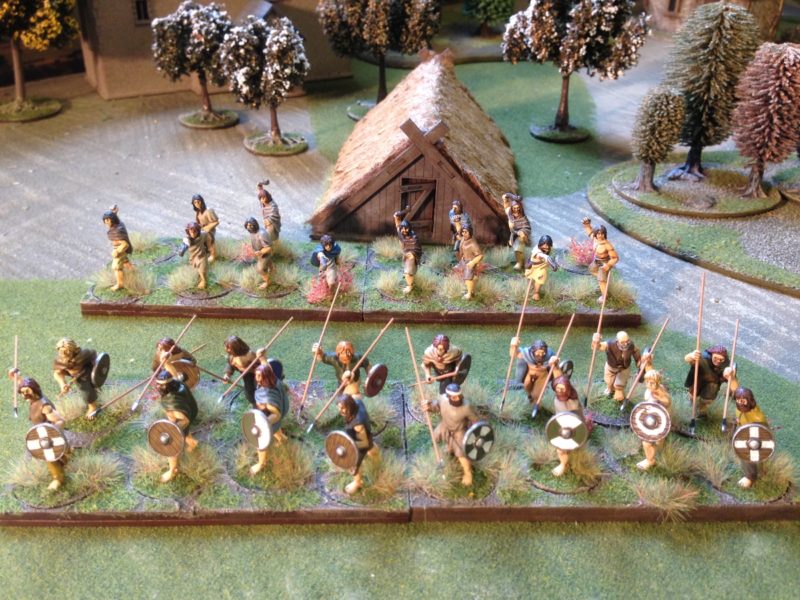
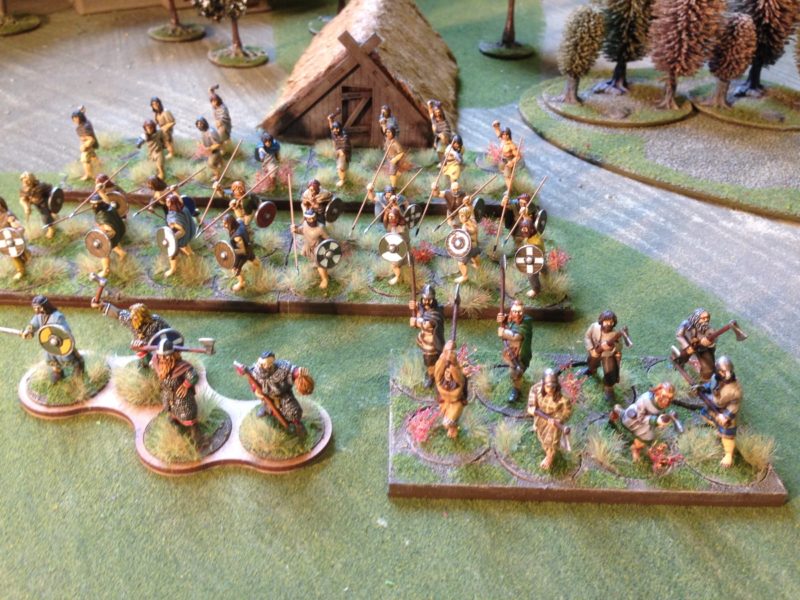
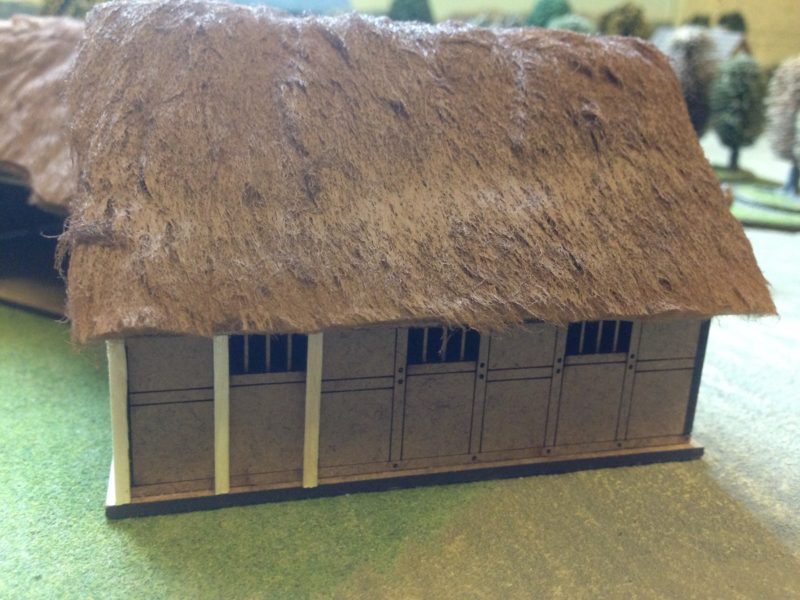
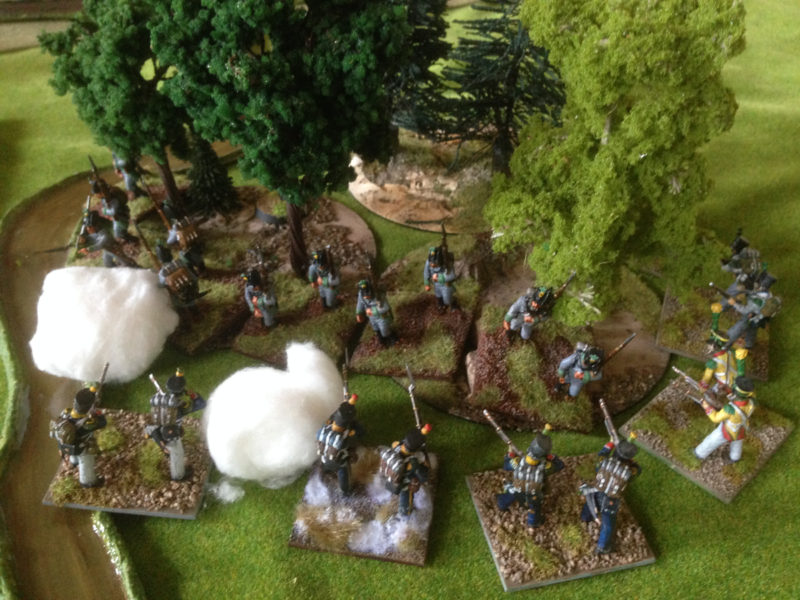
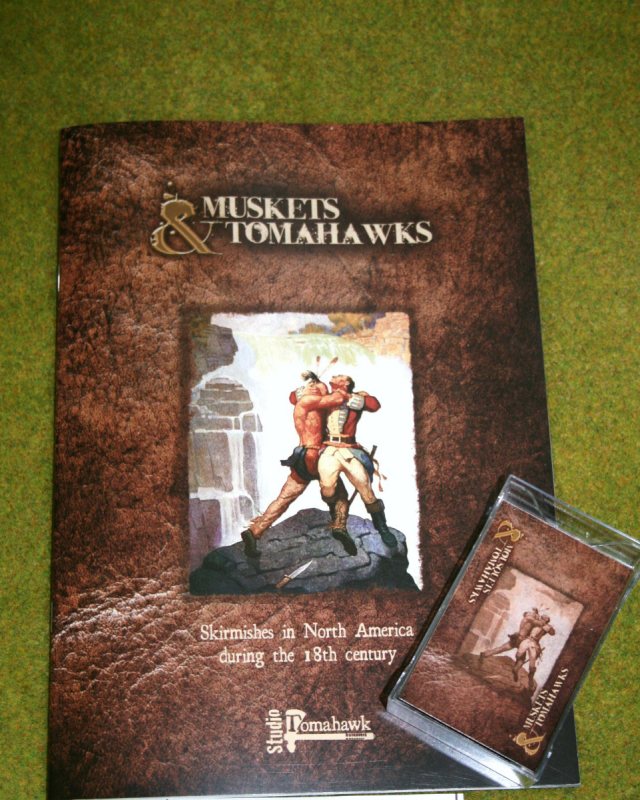
 The group decided that we needed a simple set of rules that would allow us to play a skirmish game on a Thursday evening that would not tax the brain too much and would be something that could be read quickly and absorbed. Step forward, Andy Callan, veteran rules writer, who volunteered to put the two rules sets together and simplify them down to two sides of A4 paper. Andy has been writing rules and war games scenarios for many years. His rules set ‘Loose Files and American Scramble’ appeared in the very first edition of Wargames Illustrated ( why the hell we aren’t using these at the club is another mystery to me…..) and his current joint project with Peter Dennis is the Paper Soldiers rules sets & armies published by Helion Books that I have previewed
The group decided that we needed a simple set of rules that would allow us to play a skirmish game on a Thursday evening that would not tax the brain too much and would be something that could be read quickly and absorbed. Step forward, Andy Callan, veteran rules writer, who volunteered to put the two rules sets together and simplify them down to two sides of A4 paper. Andy has been writing rules and war games scenarios for many years. His rules set ‘Loose Files and American Scramble’ appeared in the very first edition of Wargames Illustrated ( why the hell we aren’t using these at the club is another mystery to me…..) and his current joint project with Peter Dennis is the Paper Soldiers rules sets & armies published by Helion Books that I have previewed 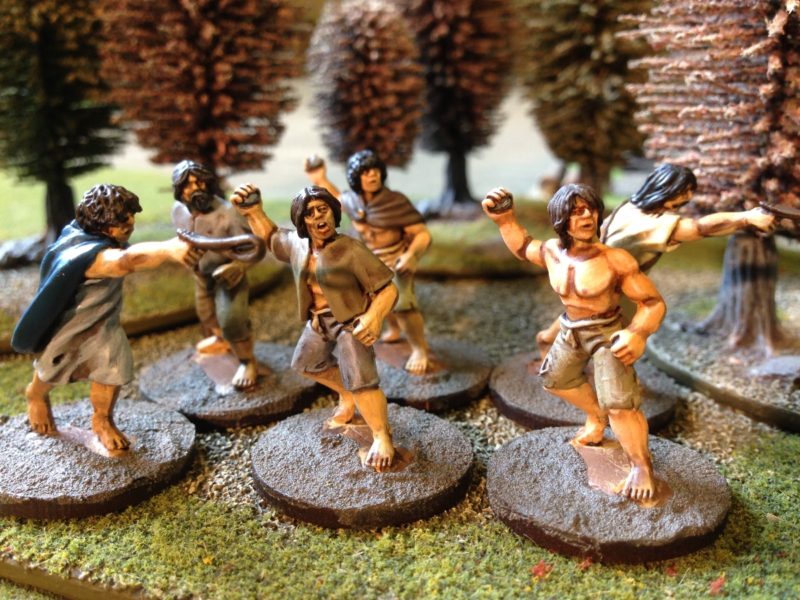
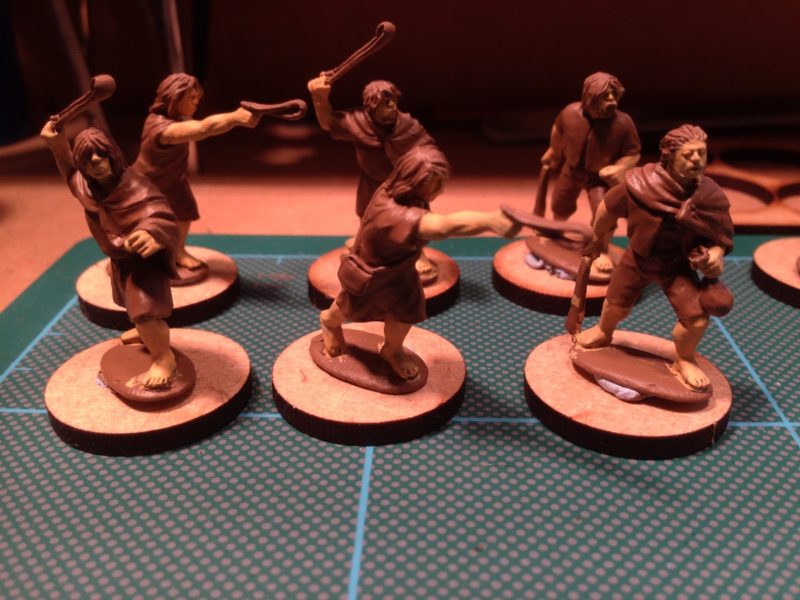
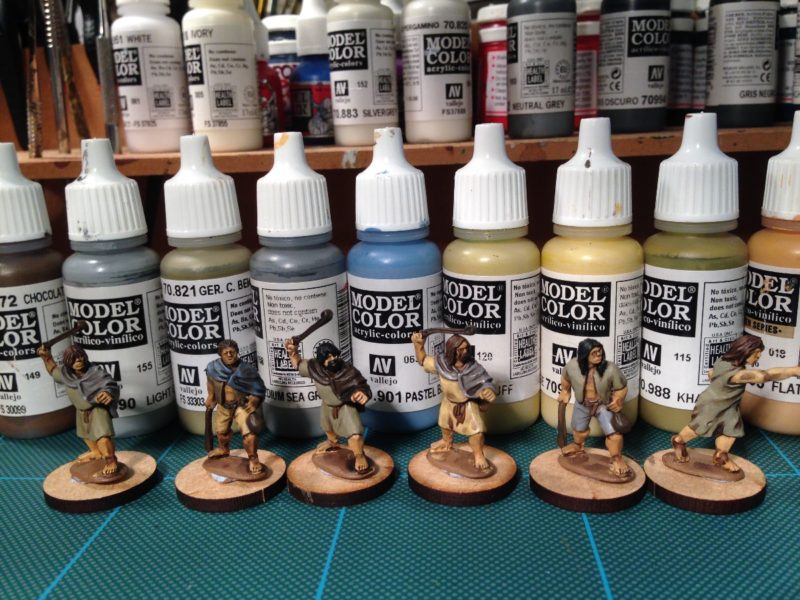


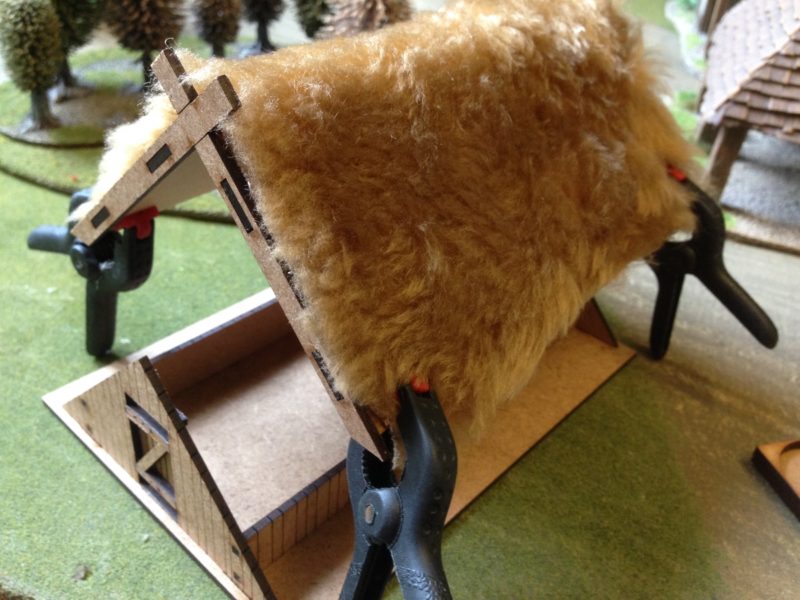

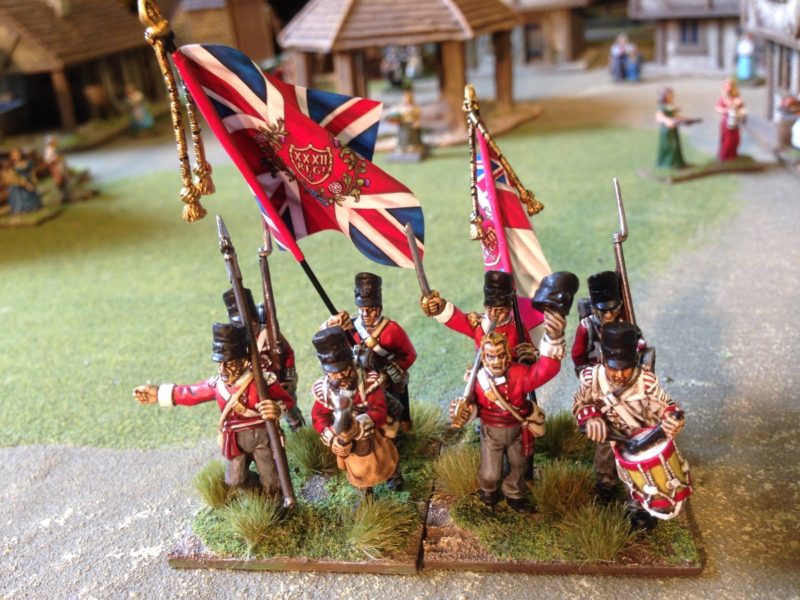

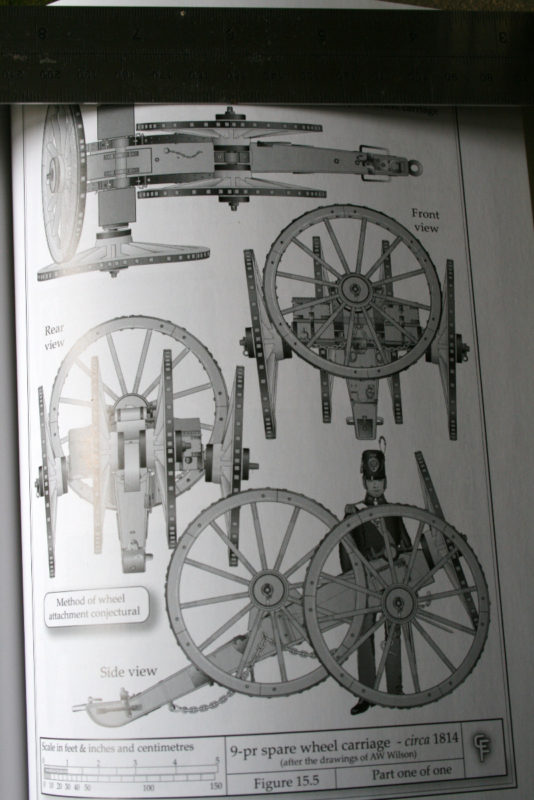

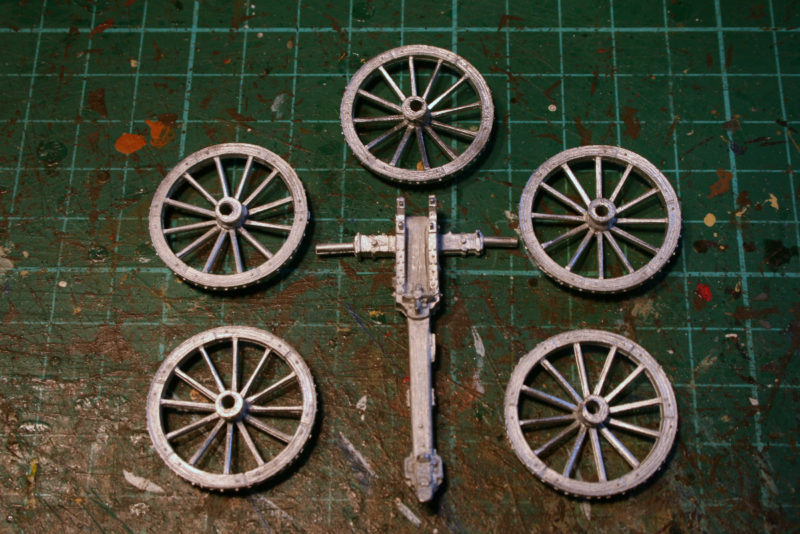

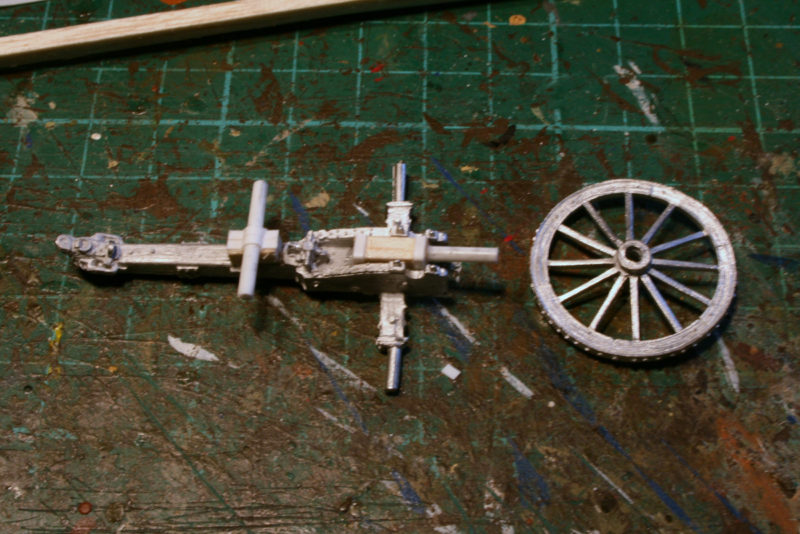
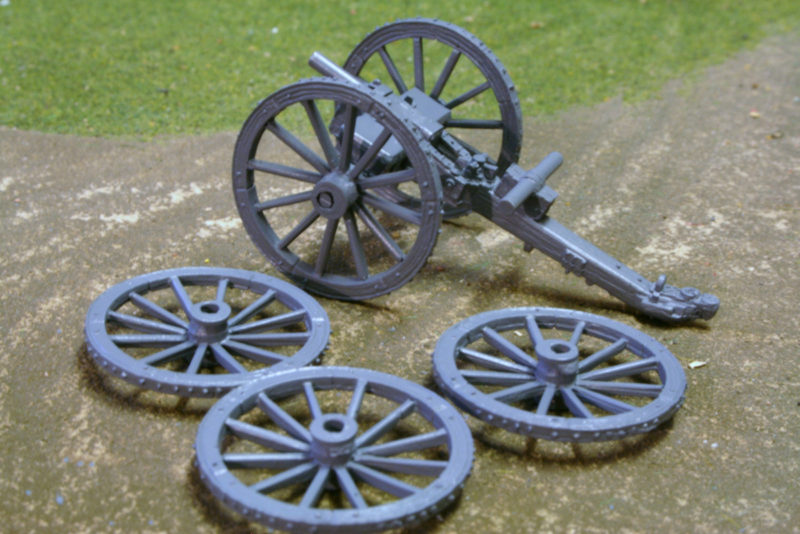
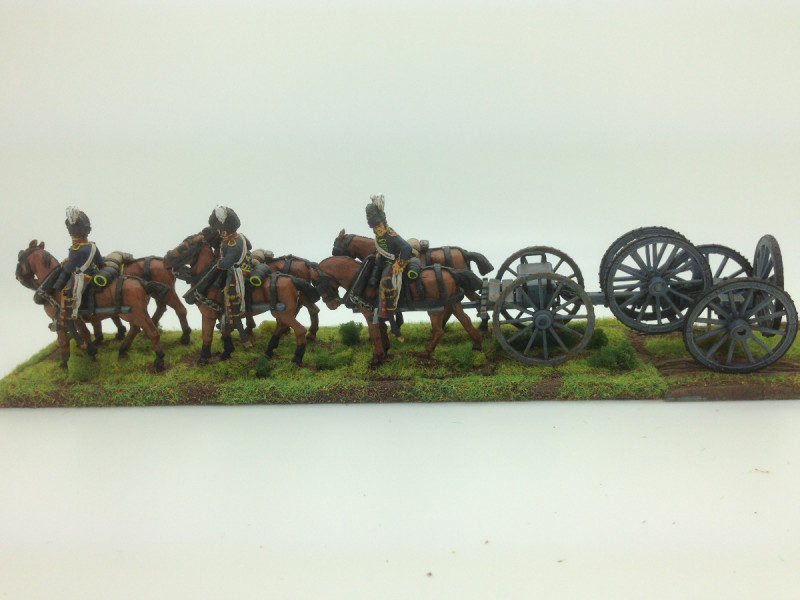
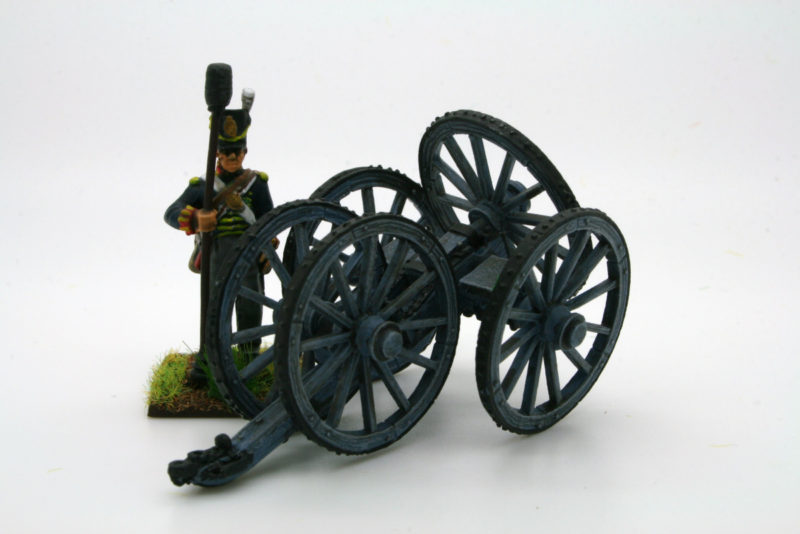

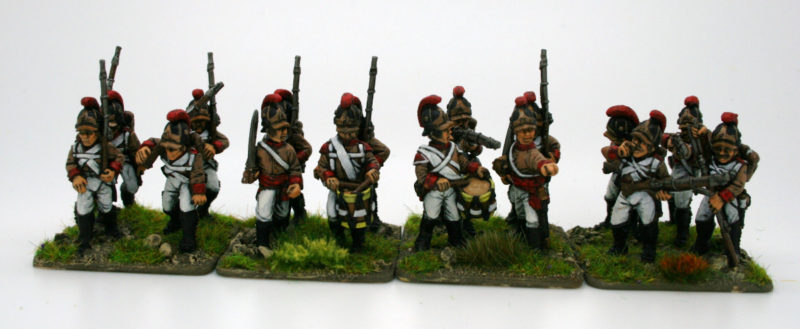

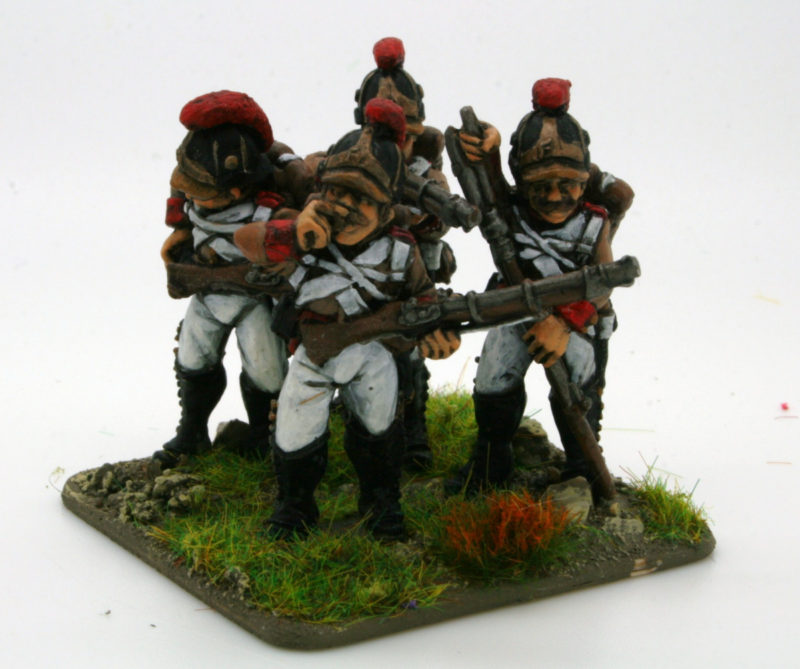
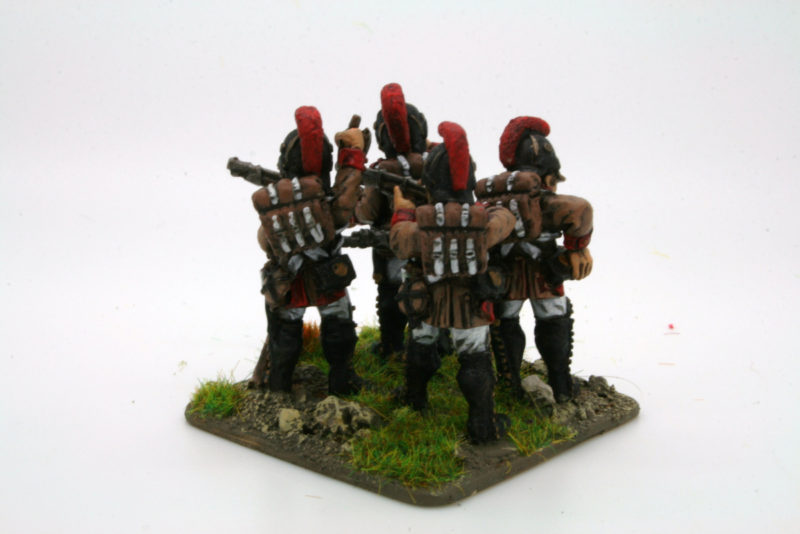
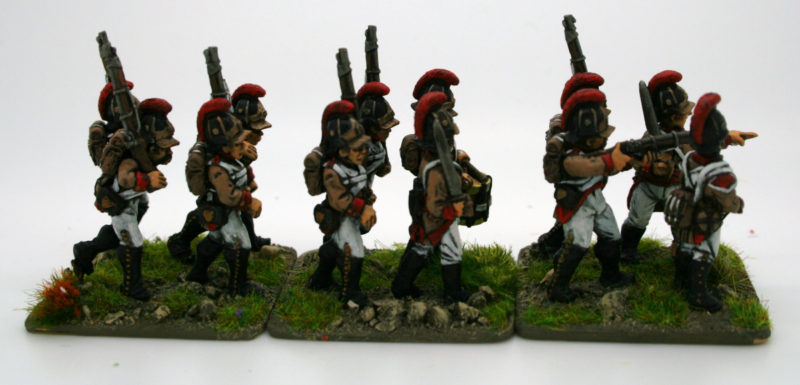

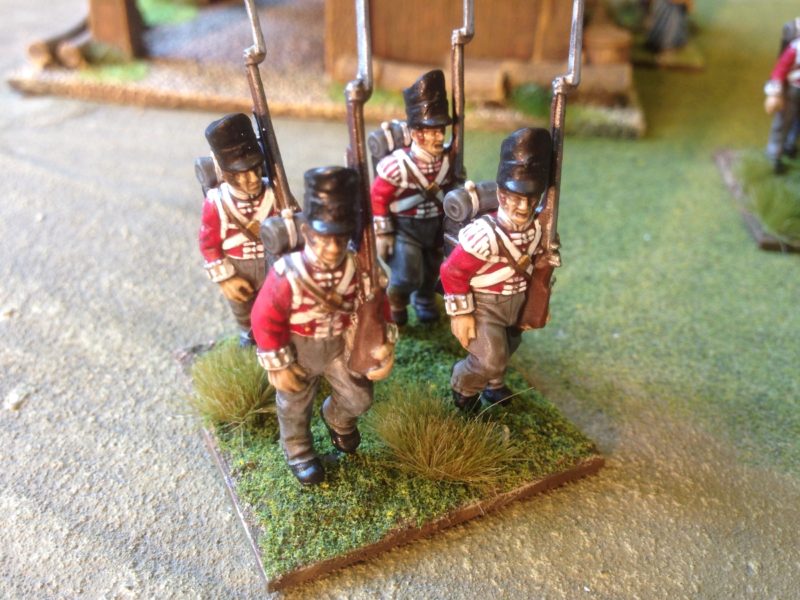
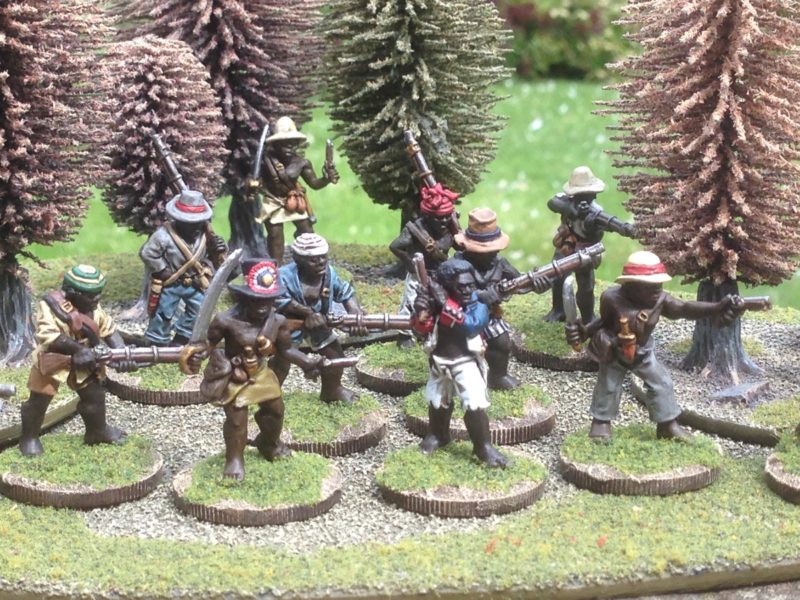



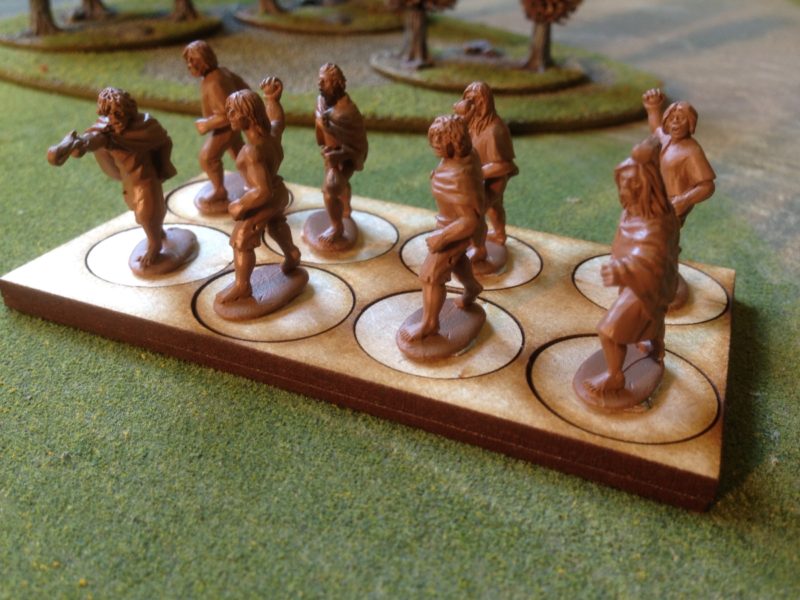

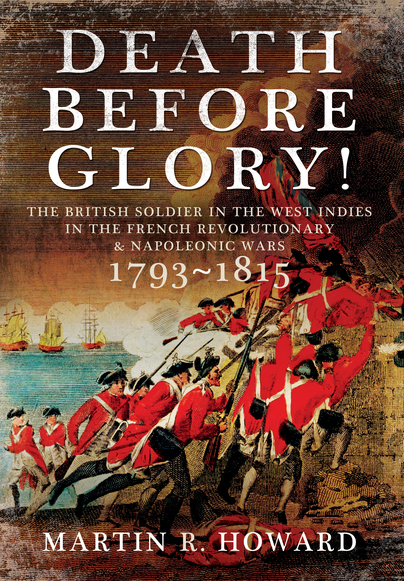
 Of course there are plenty of other books out there that will inspire and I suspect that we all have a few favourites on our shelf. My next read, although I will finish Death before Glory first, is Conn Iggulden’s Wars of the Roses ‘Bloodline’. It’s time I painted a few more troops for my WOTR retinue…
Of course there are plenty of other books out there that will inspire and I suspect that we all have a few favourites on our shelf. My next read, although I will finish Death before Glory first, is Conn Iggulden’s Wars of the Roses ‘Bloodline’. It’s time I painted a few more troops for my WOTR retinue…
